In today’s competitive oral care market, electric toothbrush manufacturers face increasing demand for both functionality and sustainability. A crucial part of the product design process lies in the OEM shell process, which directly impacts durability, aesthetics, cost, and environmental footprint. As a professional electric toothbrush factory, selecting the right shell material during the OEM shell material process is critical. This blog provides a full OEM shell process comparison of ABS, PP, and bio-based plastics to help you make an informed choice.
ABS (Acrylonitrile Butadiene Styrene) is one of the most widely used materials in electric toothbrush shells. Its popularity stems from a solid balance of strength, rigidity, and processability.
Advantages:
High impact resistance
Smooth surface finish, ideal for painting or UV coating
Consistent in injection molding and mass production
Disadvantages:
Derived from petroleum, not environmentally friendly
Heavier than other plastic options
ABS remains the go-to option for premium-looking products with complex designs. It is still a favorite for many OEM projects seeking durability and a refined appearance in electric toothbrush shell customization.
Polypropylene (PP) is often used for more economical toothbrush models. It offers sufficient durability for daily use and is easier to recycle than ABS.
Advantages:
Lower cost
Lightweight and chemically resistant
Good fatigue resistance
Disadvantages:
Less rigid and not as premium-looking as ABS
Poor paintability, limiting aesthetic options
PP is recommended when cost-efficiency and weight reduction are priorities. For manufacturers targeting mass-market segments, PP remains a practical option within the OEM shell material selection.
With the growing push toward sustainability, bio-based plastic toothbrush solutions have become a hot topic in the industry. These materials are derived from renewable sources such as corn starch or sugarcane.
Advantages:
Eco-friendly, significantly lower carbon footprint
Suitable for brands with green or natural positioning
Some bio-materials are compostable or biodegradable
Disadvantages:
Higher raw material costs
May require special processing equipment
Limited strength and heat resistance compared to ABS
As consumer awareness grows, integrating bio-based plastics into your product line can be a valuable differentiator. For OEMs and brands focused on eco-conscious consumers, this is a forward-thinking material choice.
| Feature | ABS | PP | Bio-Based Materials |
| Cost | Medium | Low | High |
| Strength & Durability | High | Moderate | Varies |
| Environmental Impact | High (non-renewable) | Moderate (recyclable) | Low (sustainable) |
| Appearance & Finish | Excellent | Moderate | Depends on blend |
| Customization Compatibility | Excellent | Fair | Limited in some cases |
This shell process comparison helps clarify the suitability of each material based on your brand’s positioning, pricing, and sustainability goals.
Choosing the right OEM shell material should align with the toothbrush’s market tier, user expectations, and brand values. Here’s a simplified selection guide:
Premium Market → ABS for sleek design and top-tier feel
Mass Market → PP for cost-effective, functional solutions
Eco-Friendly Market → Bio-based plastics for sustainability-conscious users
Your material choice affects not just product performance but also how your brand is perceived in the market. That’s why electric toothbrush factories must consider both technical and strategic dimensions when making material decisions.
As the oral care market evolves, the materials used in electric toothbrush manufacturing are becoming just as important as the technology inside. Whether you’re prioritizing durability, cost, or environmental responsibility, there is a shell material that matches your needs. By understanding the trade-offs between ABS, PP, and bio-based plastic toothbrush options, you can make smarter decisions during your OEM electric toothbrush shell customization process.
Partnering with an experienced electric toothbrush factory ensures that your OEM project gets the best guidance in material selection, process optimization, and sustainable innovation.
Need help deciding on the best shell material for your next OEM project? Contact us today for expert recommendations and sample evaluations. https://www.powsmart.com/product/electric-toothbrush/
Can Brush Head Rotation Cause Enamel Erosion?
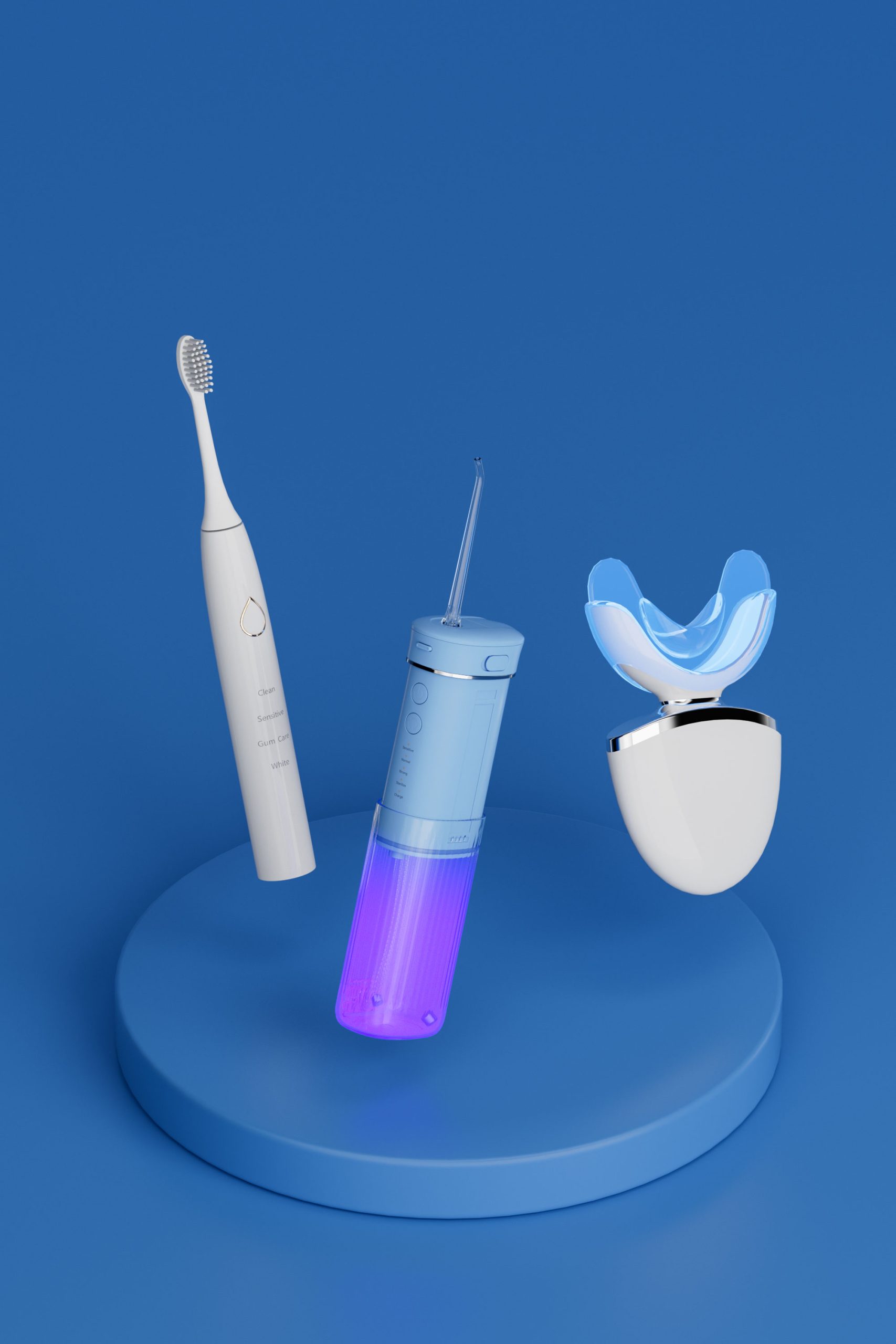
Why a Hindi brushing guide is essential for your First-time user guide
.jpg)
Need Chicago repair service during Chicago holiday deals?
Are Firmware update failures Linked to False Advertising Claims?
How Does Maintenance Difficulty Worsen Enamel Weakness?
Tray Deformation Causing Occlusal Discomfort – Fixable?

FDA-Approved Antibacterial Bristles of Electric Toothbrush: A Safety Guide for Oral Care
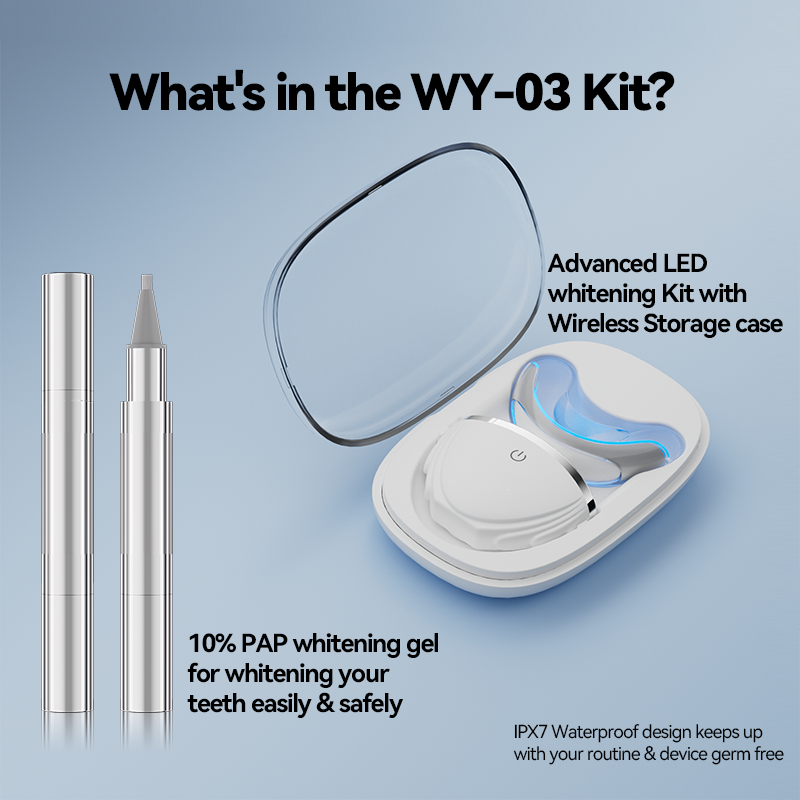
OEM of Teeth Whitening Device: A Complete Solution from LOGO Printing to Light Wave Mode Customization
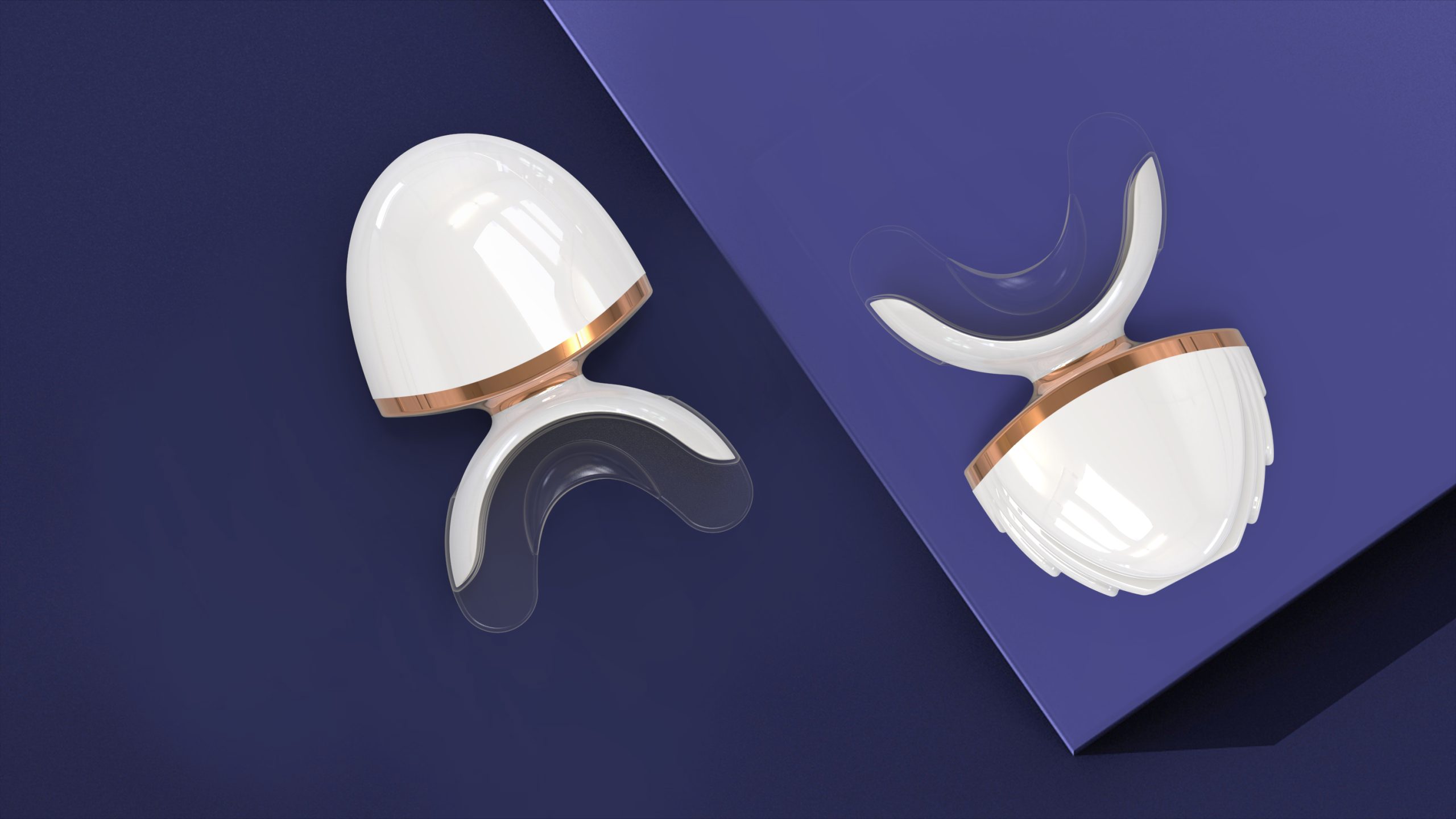
Is Blue Light Under 480nm Safe for Teeth Whitening Devices?
.jpg)
How Can a Travel-Friendly Water Flosser Open Up the Young Market Through Portable Size + IP Collaboration?
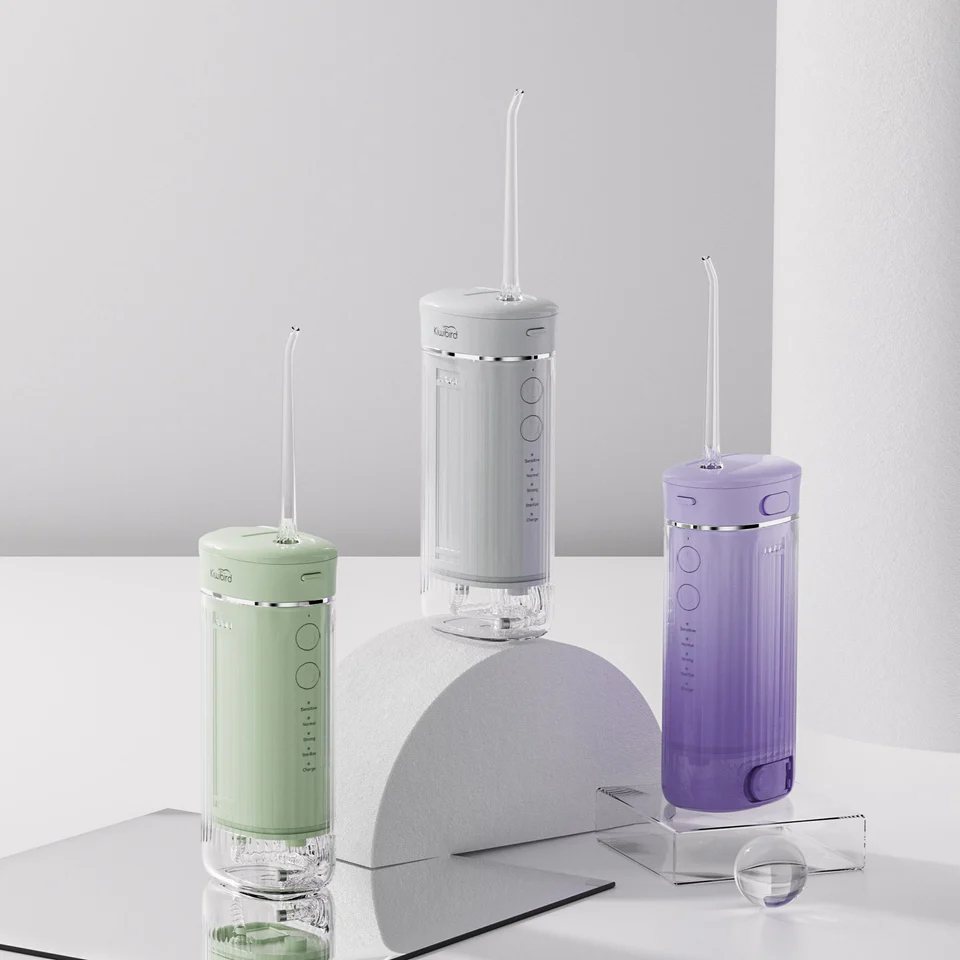
Tips for Preventing Mold in Water Flosser Tanks
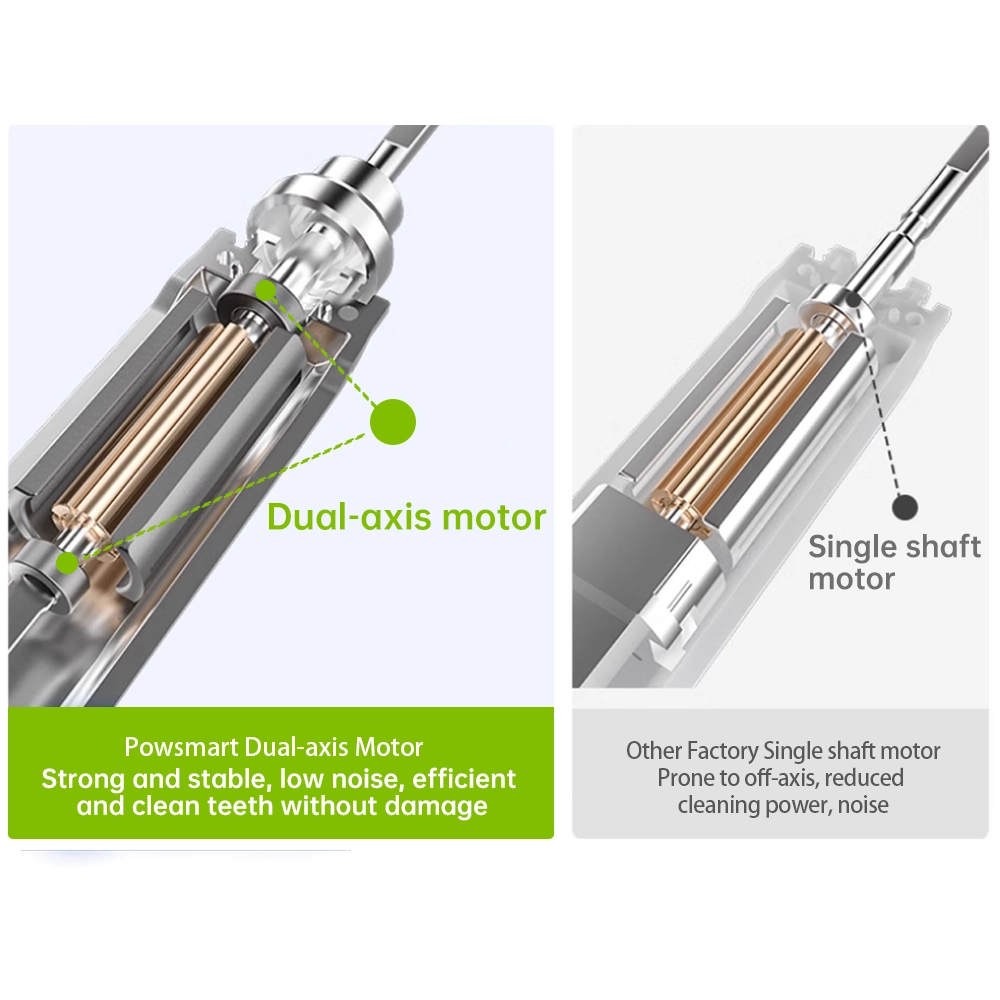
The Science Behind Sonic Toothbrush Motors
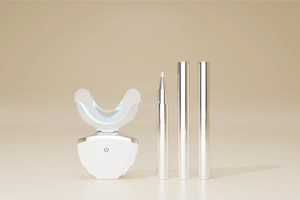
Complete Analysis of Teeth Whitening Gel Ingredients: Safe Hydrogen Peroxide Levels, Desensitizing Agents & pH Balance
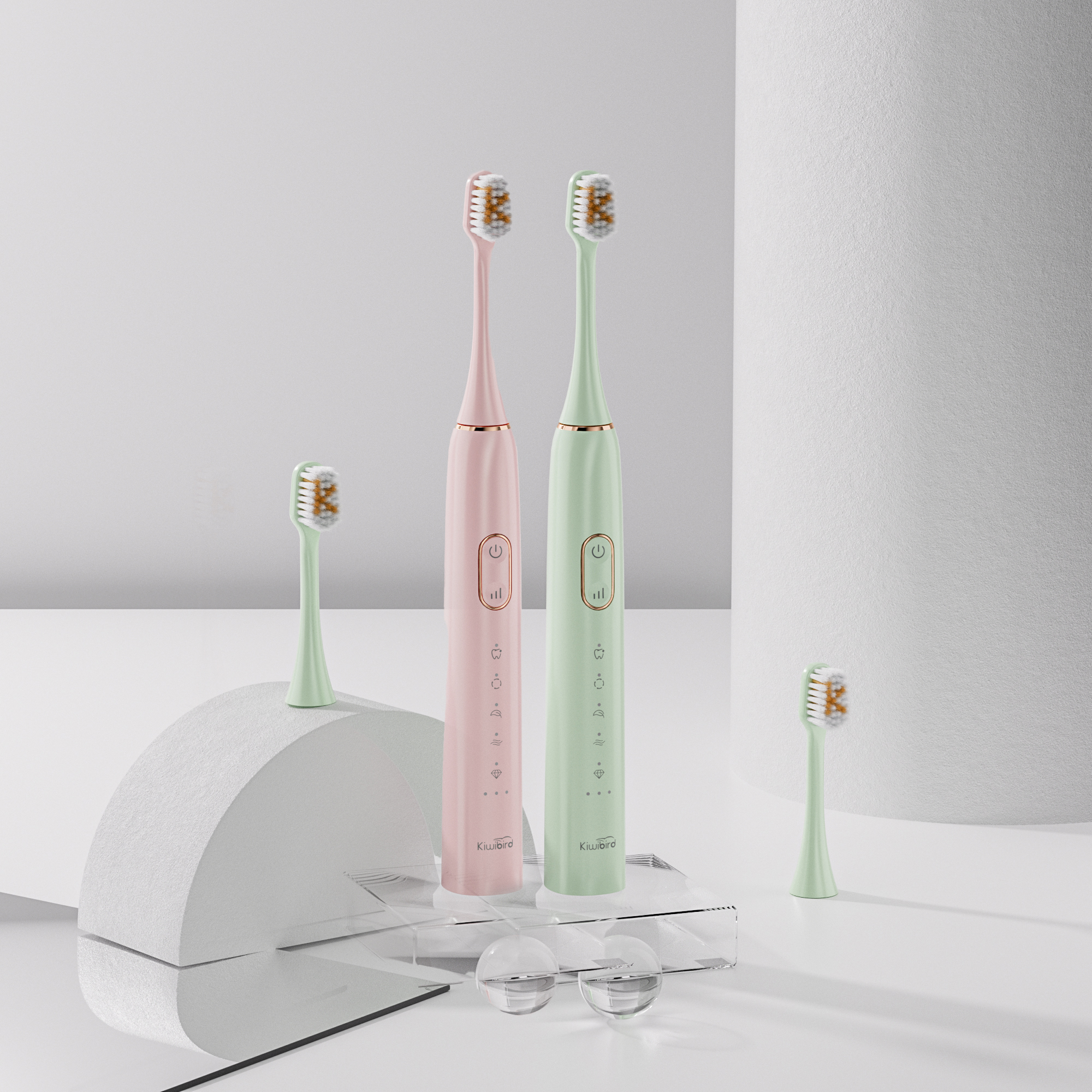
How Can Electric Toothbrush Distributors Reduce Inventory Risk?
Are You Brushing Too Hard?
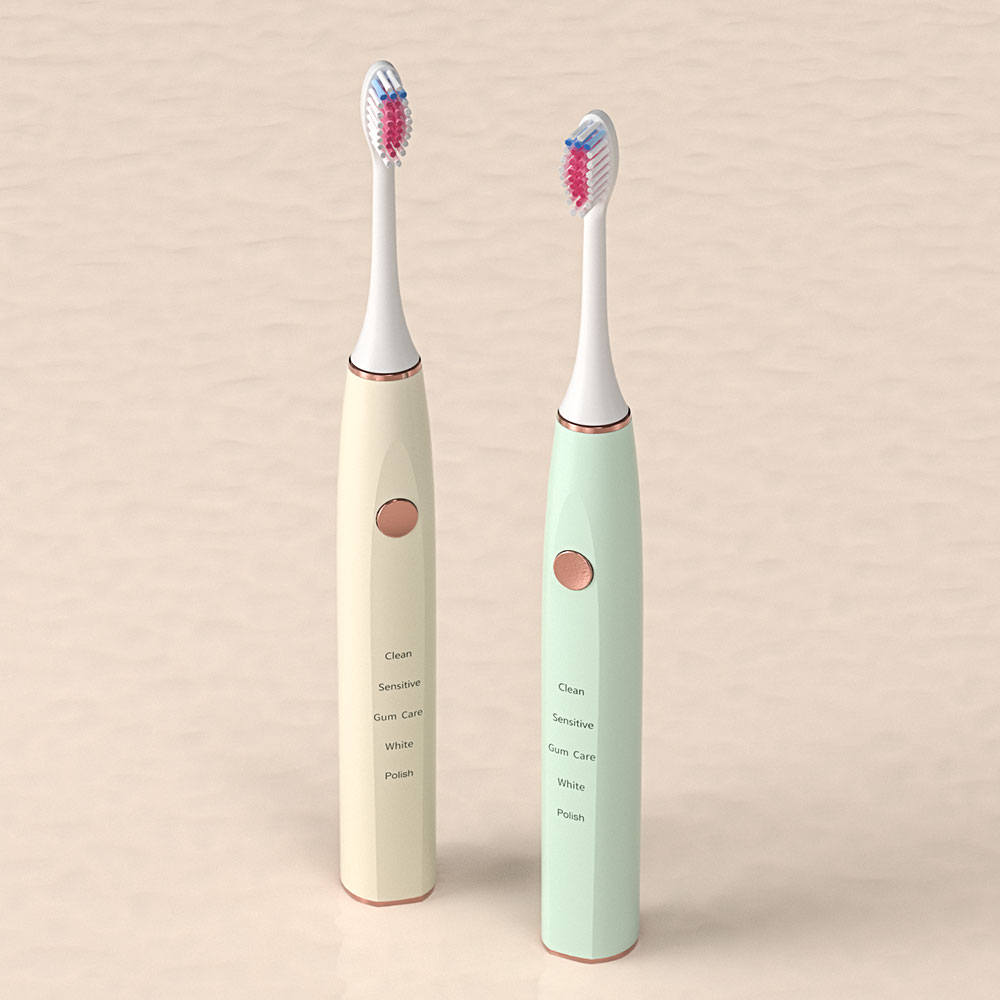
How much does it cost to manufacture a toothbrush?

electric toothbrush heads Regular Clean

electric toothbrush heads Charcoal Infuse-Round

Customization Teeth Whitening Gel

Private Label Whitening Gel

electric toothbrush heads Deep Clean

Electric toothbrush heads Charcoal Infused-Diamond

electric toothbrush heads Ultra Soft
.jpg)
Florida Electric Toothbrush – Powsmart PTR-C8
whstapp
whstapp
National Toll-Free Service Hotline
+86 755 86238638